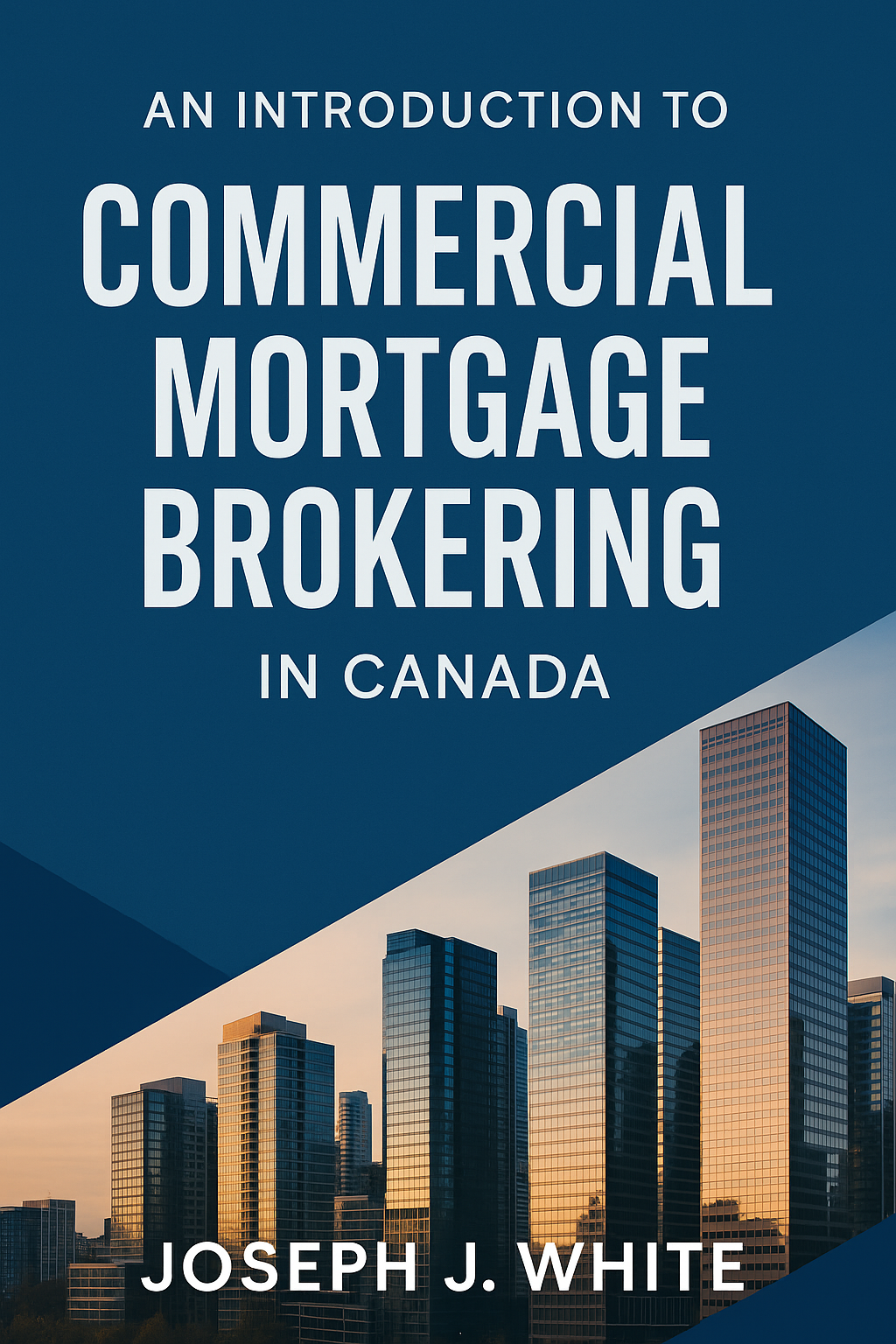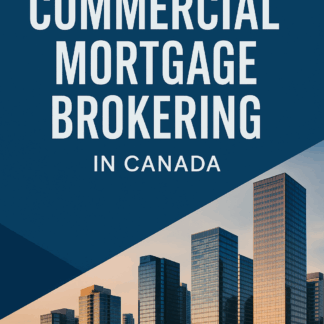Detailed Course Curriculum: An Introduction to Commercial Mortgage Brokering in Canada
Module 1: Introduction to Commercial Mortgages
- Defining commercial mortgages and key differences from residential
- Primary purposes (acquisition, refinancing, development, etc.)
- Key players in commercial transactions
- Overview of the Canadian commercial mortgage market
- Strategic role of commercial mortgages and brokers
Module 2: The Role of the Commercial Mortgage Broker
- Broker responsibilities and value proposition
- Essential skills and knowledge
- Relationship-building with lenders and clients
- Ethics, compliance, and value-added services
- Case study: Successful commercial mortgage brokering
Module 3: Types of Commercial Properties
- Retail, office, industrial, and multifamily properties
- Mixed-use and special-purpose properties
- Trends, income potential, and financing considerations for each type
Module 4: Types of Commercial Mortgages
- Traditional, bridge, construction, mezzanine, hard money, and CMBS loans
- Preferred equity financing
- Key features, uses, and requirements
Module 5: Commercial Mortgage Lenders in Canada
- Overview of banks, credit unions, private, institutional, and government lenders
- Mortgage Investment Corporations (MICs)
- Lender strengths and unique characteristics
Module 6: The Business Development Bank of Canada (BDC)
- BDC’s mission, history, and loan programs
- BDC’s underwriting process and advisory services
- Steps to secure BDC financing
Module 7: Interpreting Financial Statements
- Understanding income statements, balance sheets, and cash flow statements
- Key ratios and metrics for lending decisions
- Identifying red flags
Module 8: Credit and Risk Analysis
- Components of credit analysis (credit score, DTI, DSCR, liquidity)
- Profitability and risk factors
- Business credit profiles and reports
Module 9: Loan-to-Value (LTV) and Debt Service Coverage Ratio (DSCR)
- Importance of LTV and DSCR in underwriting
- Calculation methods and examples
- Tips for improving ratios
Module 10: Commercial Appraisals
- Types of commercial appraisal methods
- Key components of an appraisal report
- Preparing for appraisal and the role in underwriting
Module 11: Environmental Site Assessments (ESAs)
- Types and purposes of ESAs (Phase I, II, III)
- Key environmental risks and compliance
- Case studies
Module 12: Legal and Regulatory Considerations
- Legal frameworks and compliance in underwriting
- Zoning, building codes, environmental laws, and borrower/lender rights
Module 13: Loan Structuring and Terms
- Commercial loan structures and repayment options
- Common loan terms and conditions
- Example scenarios
Module 14: The Commercial Mortgage Application Process
- Step-by-step application and documentation
- Preparing a strong loan package
- Best practices and common pitfalls
Module 15: The Underwriting Process – A Lender’s Perspective
- Analyzing borrower and property financial health
- Assessing ratios and property/market analysis
- Structuring terms and approval process
Module 16: Loan Closing and Funding
- Closing process and legal documentation
- Final due diligence and issue resolution
- Example of a successful loan closing
Module 17: Post-Closing Servicing and Management
- Loan servicing responsibilities
- Handling delinquencies, refinancing, and post-closing support
Module 18: Exit Strategies
- Overview of exit strategies in commercial financing
- Refinancing, selling, loan payoff, and analyzing scenarios
Module 19: Case Studies
- Real-world examples of commercial financing scenarios
- Lessons learned and key takeaways
Module 20: The Future of Commercial Mortgage Brokering
- Emerging trends and technology
- ESG factors and regulatory changes
- Skills for future brokers
Appendix: Glossary of Terms and Definitions

